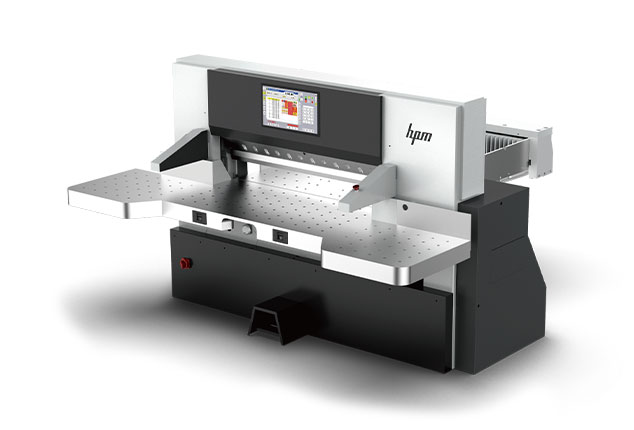Apr 19, 2025
Apr 19, 2025
Mar 04, 2025
Mike Dooley
From bookbinding and packaging to artistic creation and aerospace composite material processing, the precise cutting of paper and thin materials remains a core industrial process. As the key enabler of this process, the paper cutting machine has evolved from manual blades to high-tech systems integrating mechanical engineering, optical sensing, and artificial intelligence. This article explores the technical principles, classifications, and cutting-edge innovations of modern paper cutting machines, revealing how this technology drives transformation across global packaging, printing, and cultural industries.
First-Generation Tools (Ancient Era): Bamboo knives in Han Dynasty China and parchment-specific blades in the West relied on artisan expertise for precision.
Industrial Revolution Breakthrough (1850s): The first crank-link semi-automatic cutting machine developed in England achieved a cutting speed of 20 cycles per minute.
Electrification Era (1950s): Heidelberg (Germany) introduced hydraulically driven systems with ±0.5 mm precision.
1978: Japan’s Iris Corporation pioneered servo motor-driven blade positioning, achieving ±0.1 mm accuracy.
2005: Switzerland’s Polar integrated laser-assisted alignment, reducing material waste by 40%.
2018: China’s Han’s Laser launched the world’s first AI vision-adaptive cutter, optimizing blade paths based on paper texture recognition.
| Type | Principle | Precision | Materials |
| Mechanical Blade | Vertical shearing with high-carbon steel blades | ±0.1 mm | Paper, cardstock, leather |
| Laser Cutting | CO2 laser vaporization | ±0.05 mm | Specialty paper, films, composites |
| Ultrasonic Cutting | 20 kHz vibration melting fibers | ±0.2 mm | Nonwoven fabrics, adhesive layers |
| Waterjet Cutting | Ultra-high-pressure water (600 MPa) | ±0.3 mm | Corrugated board, honeycomb structures |

Motion Control: Linear guides + ball screws enable 0.01 mm repeatability.
Vision Positioning: 5-megapixel CCD cameras with QR code/micro-texture recognition.
Pressure Adaptation: Auto-adjusts blade force (50–5,000 N) based on material thickness.
Dust Management: Negative pressure + electrostatic neutralization ensures clean cuts.
Printing & Packaging: Die-cutting for corrugated boxes (e.g., BOBST SP 106 ER).
Cultural Product Manufacturing: Laser precision for pop-up books (0.02 mm accuracy).
Electronics Industry: Dust-free cutting of lithium battery separators (Class 1000 cleanroom).
| Parameter | Commercial Printing | Industrial Packaging | Specialty Materials |
|---|---|---|---|
| Cutting Speed | 8,000 sheets/hour | 3,000 cycles/hour | Customized |
| Max. Work Size | 1,420×1,020 mm | 2,500×1,400 mm | Customizable |
| Pressure Accuracy | ±1% | ±2.5% | ±0.5% |
| Special Features | UV drying systems | Auto-stacking robots | Explosion-proof design |
4.1 Intelligent Upgrades
Digital Twin: 3D simulation predicts material deformation (e.g., Agilent SmartCut).
AI Quality Control: Deep learning detects burrs/defects (>99.7% accuracy).
Cloud Coordination: Dynamic multi-machine energy optimization (15–20% energy savings).
4.2 Green Manufacturing
Energy Efficiency: Permanent magnet synchronous motors reduce energy use by 30%.
Recyclable Materials: Bio-based blade coatings (45% lower carbon footprint).
Dust Recycling: Nanofiber filters capture 99.9% of particulates.
From flint-cut papyrus in ancient Egypt to AI-driven cutting systems today, the evolution of paper cutting technology mirrors humanity’s pursuit of precision manufacturing. Driven by Industry 4.0 and carbon neutrality goals, next-gen machines are advancing toward zero-defect, zero-waste, zero-intervention operations. Whether realizing artistic visions or crafting satellite solar panel substrates, this technology continues to redefine the boundaries of material mastery.
GET A QUOTE